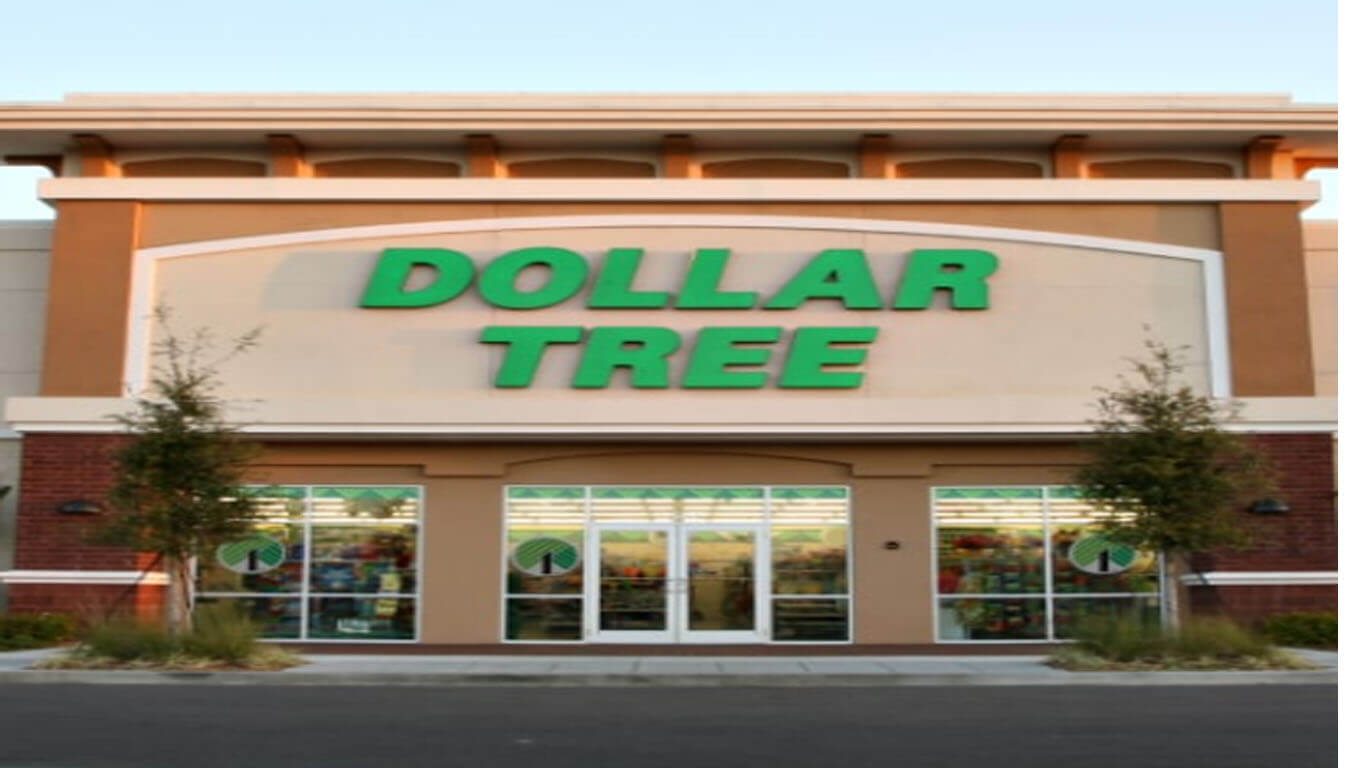What is Bitcoin?
Bitcoin (BTC) is a cryptocurrency, a type of digital currency designed to work as money and a means of exchange that operates independently of any one individual, organization, or central authority. Unlike traditional currencies issued by governments, Bitcoin doesn’t rely on banks or intermediaries to facilitate transactions, which allows for direct peer-to-peer payments.
Bitcoin was introduced in 2009 by an anonymous creator, or possibly a group of creators, under the pseudonym Satoshi Nakamoto. Since its launch, Bitcoin has grown to become the largest and most widely known cryptocurrency, spurring the creation of thousands of other digital currencies.
Key Takeaways
- Bitcoin’s creation is attributed to Satoshi Nakamoto, who unveiled it in 2008 as a decentralized, peer-to-peer electronic cash system.
- It operates on a public blockchain, a distributed database where all transactions are recorded and verified without the need for a central authority.
- Bitcoin mining involves solving complex mathematical puzzles to add new blocks to the blockchain, and miners are rewarded with bitcoins.
- Bitcoin can be used for various purposes, such as investment, speculation, or as a means of payment.
- Investing in Bitcoin carries risks, including volatility, fraud, and theft.
The Origin of Bitcoin
In August 2008, the domain Bitcoin.org was registered by Satoshi Nakamoto, along with early developer Martti Malmi. In October 2008, Nakamoto shared a white paper titled “Bitcoin: A Peer-to-Peer Electronic Cash System” on a cryptography mailing list. This document laid the foundation for Bitcoin and described it as an innovative, decentralized approach to digital currency, free from reliance on any central authority.
On January 3, 2009, the first Bitcoin block—called the genesis block or Block 0—was mined. It included a message: “The Times 03/Jan/2009 Chancellor on brink of second bailout for banks,” a nod to the global financial instability at the time.
Bitcoin Rewards and Halvings
Bitcoin miners are rewarded with newly created bitcoins each time they add a new block to the blockchain. However, this reward is cut in half approximately every four years in an event known as a halving.
For instance, the initial block reward in 2009 was 50 BTC. By 2020, this reward had decreased to 6.25 BTC, and the most recent halving in 2024 brought it down to 3.125 BTC. The next halving is anticipated in 2028, reducing the reward further to 1.5625 BTC.
Bitcoin Denominations
One bitcoin is divisible up to eight decimal places, allowing for micro-transactions. The smallest unit of a bitcoin is known as a satoshi, which represents 0.00000001 BTC.
How Bitcoin Works: Blockchain Technology
Bitcoin transactions are recorded on a blockchain, which is a public ledger of all transactions. The blockchain is a type of distributed ledger technology (DLT) where data is not stored in a single location but is distributed across a network of computers.
Each block on the blockchain contains:
- A block header (metadata about the block),
- A transaction counter (the number of transactions in the block), and
- A list of the block’s transactions.
The block header consists of several elements:
- Software version – Which version of the blockchain software is being used.
- Previous block hash – A reference to the previous block’s encrypted data.
- Merkle root – A single hash containing all previous transaction hashes.
- Timestamp – The date and time when the block was added.
- Difficulty target – The current difficulty level for mining the block.
- Nonce – A unique value miners adjust to find a solution to the hashing problem.
Because each block contains a unique hash based on the previous block’s hash, altering one block would require changing all following blocks, making the blockchain highly secure and tamper-resistant.
Bitcoin’s Encryption and Hashing
Bitcoin uses a cryptographic hashing algorithm called SHA-256 to secure the data stored in each block. When a transaction is recorded on the blockchain, it is hashed into a 256-bit, 64-character hexadecimal number, which includes data from all previous blocks. This system ensures that Bitcoin’s blockchain is transparent, verifiable, and unalterable without significant computational effort.
How to Buy Bitcoin
If mining isn’t feasible, anyone can buy Bitcoin on a cryptocurrency exchange. These platforms allow users to purchase Bitcoin (or portions of it) using fiat currency like U.S. dollars. For instance, popular exchanges like Coinbase offer ways to buy Bitcoin by linking a bank account, credit card, or debit card.



